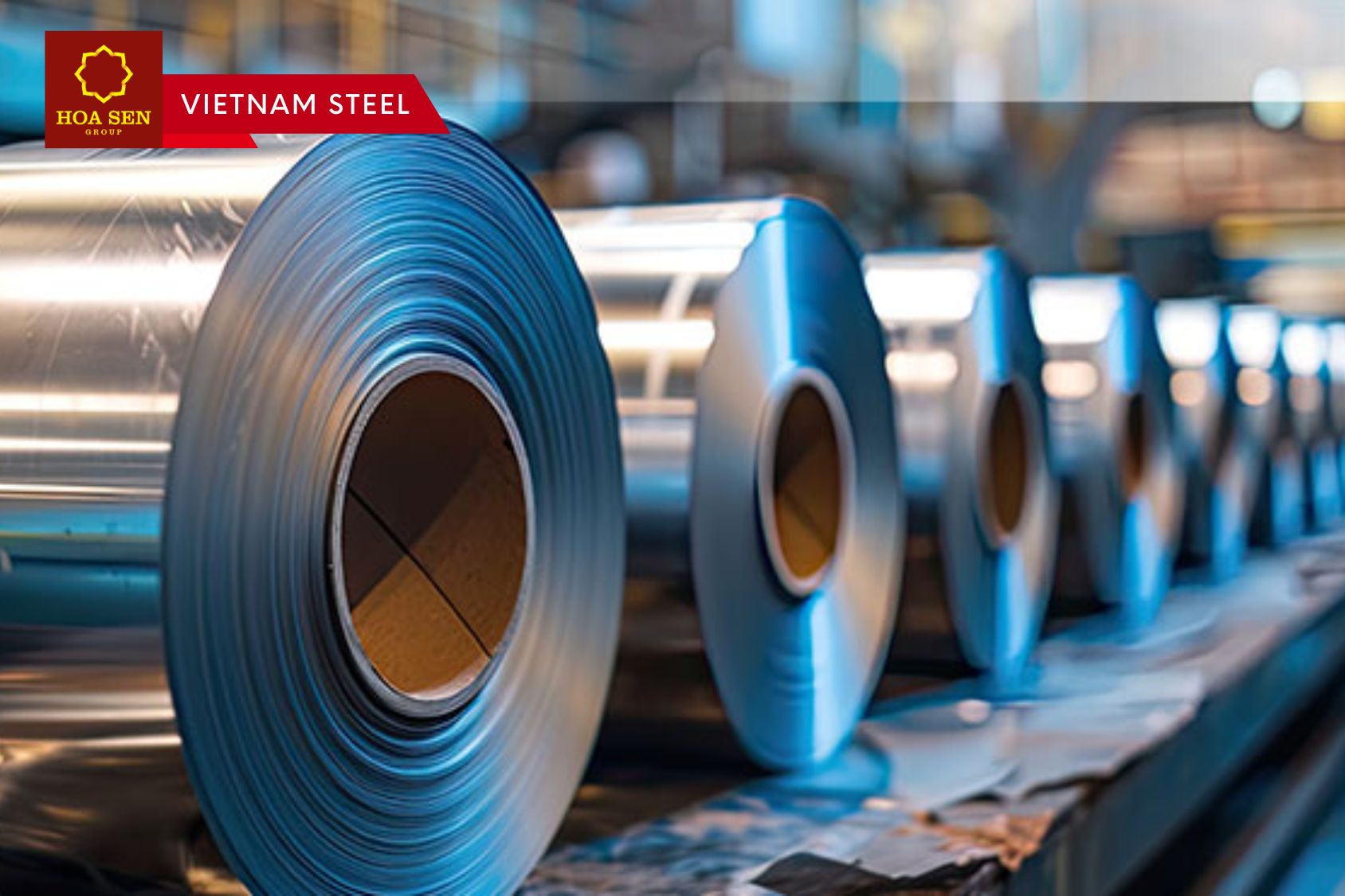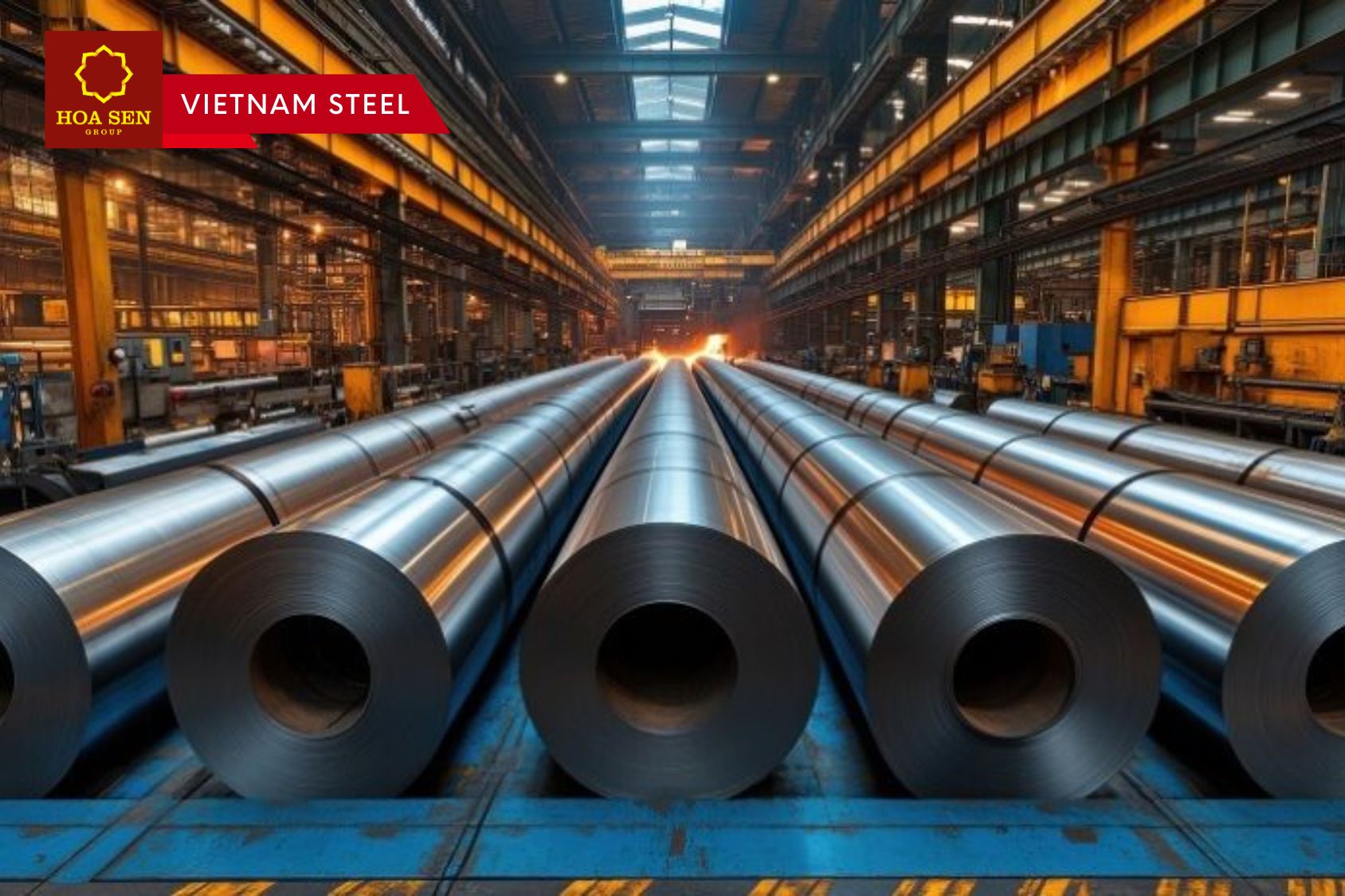Large European and American companies are trying to raise the prices of offers, but buyers are showing restraint regarding new deals
In October 2024, the global hot rolled coil (HRC) market showed mixed trends in major regions. Amid fluctuations in demand and local economic conditions, Europe, the US and China faced various factors affecting price levels and consumer sentiment. In line with the current environment, the regions are preparing for the end of the year with their own expectations for stabilization or further price fluctuations.
Europe
In October 2024, the European hot-rolled coil market showed different price trends in different regions. In particular, Western Europe saw a 1.7% decline in prices to €550-570/tonne Ex-works, while Italy saw a 1.9% increase in prices to €540-545/tonne Ex-works. Prices in Southern Europe remained stable at €520-540/mt CIF. This situation reflects the impact of both global and regional factors on the market.
In Western Europe, demand remained weak, despite attempts by producers such as ArcelorMittal to raise prices. The €590/t Ex-works price announced at the beginning of the month was not accepted by the market due to low demand and strong pressure from competitors. Weak activity in the industrial sector, especially in the automotive industry, continues to have a negative impact on the hot-rolled coil market. In addition, accumulated inventories at distributors and service centers have further intensified competition, forcing companies to cut prices to avoid losing orders.
In Southern Europe, particularly in Spain and Portugal, the market remained stable. Local prices at €520-540/t CIF were supported by a stable level of demand, but the influence of Asian competitors continues to limit upward pressure.
Italy stood out among other regions in October with a slight increase in hot rolled coil prices, which reached €540-545/t Ex-works. This growth reflects attempts by local producers to reduce the impact of imported competitors and increase profitability.
Prices in Italy are also supported by expectations of a reduction in supply on the market. Although consumption remains low and some companies are facing financial difficulties, the rise in coil prices demonstrates the effectiveness of local producers in maintaining control over supply. At the same time, in September-October, there was a decline in port inventories, which also partially fueled the price increase in the market. Despite this, most buyers continue to wait for additional discounts, which limits the volume of transactions.
Weak demand for steel remains one of the key factors holding back the market recovery in Europe. The slowdown in the automotive industry is having a particularly significant impact, affecting the entire production chain. In response to this situation, European manufacturers are actively lobbying for new protective duties to reduce competition from Asian producers. At the same time, expectations of a production cut in the first quarter of 2025 may support local price increases.
In the short term, given these factors, we can expect further attempts by producers to raise prices. In Italy, hot-rolled coil prices are likely to reach €550-560/t ex-works by the end of the year, especially if demand stabilizes or supply declines. In Western and Southern Europe, price growth is also possible, but it will largely depend on a recovery in industrial demand and the success of initiatives to increase import tariffs.
USA
The US market saw a 2.8% decline in hot-rolled coil prices in October 2024, to $700 per short tonne (Ex-works). This was driven by weak demand for spot orders and buyer restraint. In particular, Nucor cut its spot price by $10 to $720/t, while other producers continued to sell at $690-700/t, reflecting a cautious approach in the market.
The main factors that affected the hot-rolled steel market in October included general uncertainty among buyers due to the upcoming US presidential election and labor contract negotiations. Most buyers, especially service centers, refrained from restocking, waiting for clarity on the macroeconomic situation. Additional pressure was created by the need to reduce inventories before the end of the financial year, which increased competition and reduced margins for distributors.
In the second half of October, a number of major producers, such as US Steel and Nucor, announced price increases for HRC in an effort to stabilize the market. In particular, US Steel raised prices by $30 and Nucor by $20. Cleveland-Cliffs also kept the price of HRC at $750/t for December orders, which was part of its attempts to consolidate the upward trend.
However, these increases were not immediately reflected in market quotations due to slowing demand and customer restraint. Distributors note that, despite official announcements, producers were willing to offer discounts to regular customers, which kept the overall price increase in check.
As of November 1, the HRC price is expected to rise to $720/t, which indicates the possibility of a gradual market recovery. This growth may be supported by large contract business. On the spot market, however, demand is likely to remain subdued until after the election as the market reacts to economic news and possible changes in monetary policy.
In general, producers are expected to continue testing the market in an attempt to secure a slight price increase by the end of the year. However, the success of this process will depend on the restoration of buyer confidence and the improvement of macroeconomic conditions in the post-election period.
China
Hot rolled coil prices in China increased by 4.1% to $510 per tonne in October. The initial market upturn was supported by optimistic sentiment following the National Day celebrations, when prices hit a four-month high. However, in the second half of the month, the growth slowed down due to a moderate decline in demand, which caused prices to fluctuate between $480-510/t on the domestic market and export destinations.
Price growth in the first half of October was driven by government stimulus measures that supported short-term market activity. However, after the State Real Estate Council’s press conference announcing limited support measures, demand growth lost momentum. Inventory levels also had a certain impact on the market, as they declined along with production cuts, and exports remained weak due to high prices and expectations of anti-dumping duties in Vietnam, one of China’s key markets.
It is expected that HRC prices in China may stabilize or decline in November if demand does not receive additional support. Importers’ interest remains low, especially in markets where new duties may be introduced.
Read more: JSW Steel and POSCO to jointly build a steel plant in India
Vietnam Steel by Hoa Sen Group

